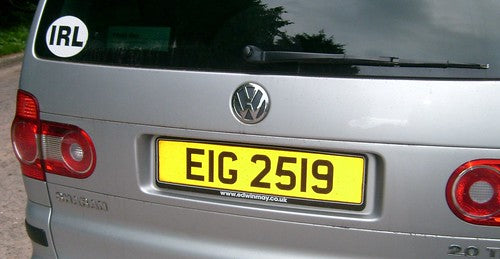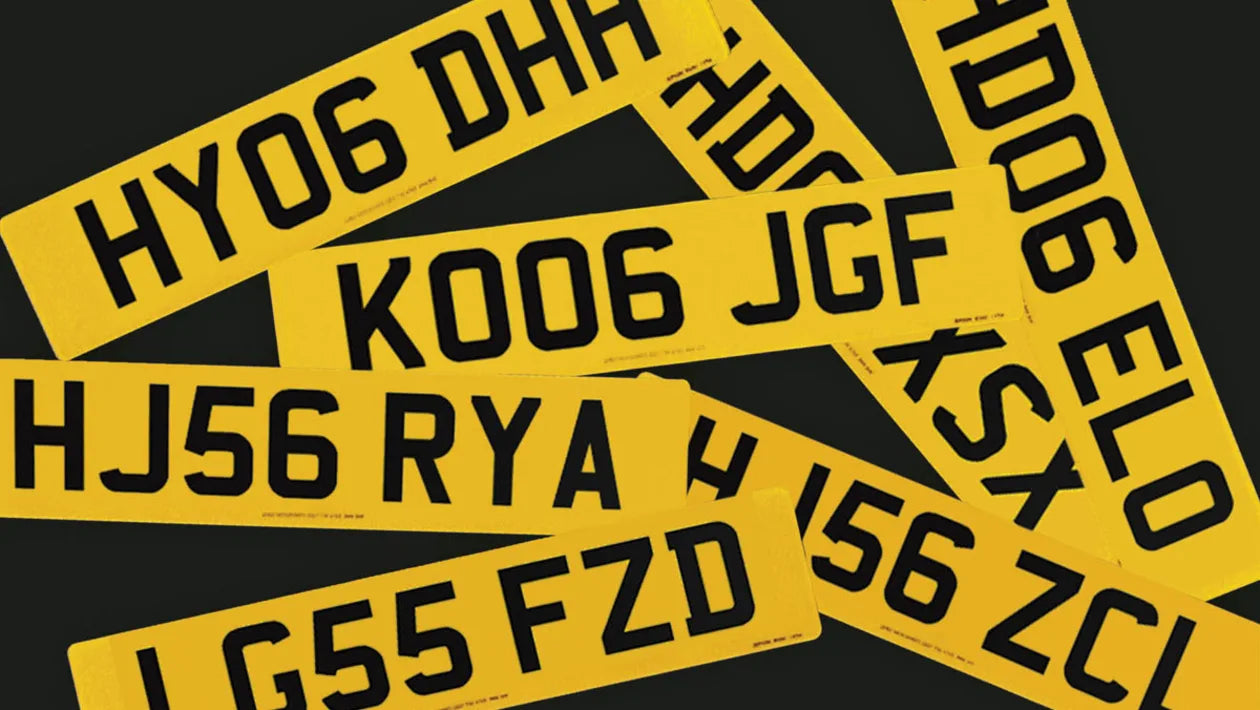
Can 4D Number Plates AVOID ULEZ Cameras?
, by Reece Dennis, 4 min reading time

, by Reece Dennis, 4 min reading time
Introducing the latest innovation in license plates – 4D Number Plates! These cutting-edge plates have captured the attention of drivers everywhere, promising to outwit ULEZ cameras and revolutionise the way we navigate city streets. But just how effective are they at evading detection?
In this article, we'll delve into the world of 4D number plates and explore whether they really have what it takes to outsmart ULEZ cameras. We'll examine their unique design features and discuss the technology behind them. Are they truly invisible to the naked eye, or is it just clever marketing hype?
Join us as we uncover the truth behind these mysterious plates and separate fact from fiction. From their legality to their effectiveness, we'll address the most common questions and concerns surrounding 4D number plates. Whether you're a skeptic or a believer, this article aims to provide you with all the information you need to make an informed decision about these futuristic license plates. Can 4D number plates really outrun ULEZ cameras? Let's find out.
The Ultra Low Emission Zone (ULEZ) is an initiative implemented by cities to combat air pollution by charging vehicles that do not meet certain emission standards. In London, for example, the ULEZ covers the same area as the Congestion Charge zone and operates 24 hours a day, 7 days a week. Vehicles that do not meet the required emission standards are required to pay a daily charge to drive within the ULEZ.
4D number plates, also known as "3D gel number plates," are a new type of license plate that uses a combination of materials and design techniques to create an optical illusion. The plates are made from a flexible acrylic that is shaped and molded to create a raised effect, giving them a three-dimensional appearance. This effect is achieved by layering different materials and applying heat and pressure to create a durable and visually striking license plate.
ULEZ cameras are strategically placed throughout the designated zone and use a combination of automatic number plate recognition (ANPR) technology and emission sensors to identify and track vehicles. ANPR cameras capture images of license plates, which are then cross-referenced with a database to check if the vehicle is compliant with the ULEZ regulations. Emission sensors, on the other hand, measure the level of pollutants emitted by vehicles and provide additional data to determine compliance.

Despite the claims made by some manufacturers and sellers of 4D number plates, these plates cannot actually evade ULEZ cameras. While the three-dimensional appearance of 4D number plates may create an illusion that makes it harder for humans to read the license plate, ANPR cameras are specifically designed to capture clear and legible images of license plates, regardless of their design or material. The technology used in ANPR cameras is highly advanced and can accurately read license plates in various lighting and weather conditions.
It's important to note that attempting to use any number plates to evade ULEZ regulations is illegal and can result in penalties and fines. The use of any license plate that is not compliant with the regulations is considered an offense and can lead to a fixed penalty notice or even prosecution.
To ensure compliance with ULEZ regulations, it's important to understand the emission standards and requirements for your vehicle. Regularly check your vehicle's emissions and keep it well-maintained to reduce pollution. If your vehicle does not meet the required standards, consider alternative modes of transportation or explore the possibility of upgrading to a more environmentally friendly vehicle.
It's also crucial to stay informed about any changes or updates to the ULEZ regulations. Keep an eye on official announcements and consult the official ULEZ website or relevant authorities for accurate and up-to-date information. Ignorance of the regulations is not a valid excuse and can still result in penalties.
As cities continue to prioritise environmental sustainability and combat air pollution, the enforcement of ULEZ regulations is likely to become even stricter in the future. This may involve the implementation of more advanced technology, such as improved ANPR cameras and stricter emission standards. It's important for vehicle owners to stay informed and adapt to these changes to ensure compliance and contribute to a cleaner and healthier environment.
In conclusion, while 4D number plates may offer a visually appealing and unique customisation option, they cannot evade ULEZ cameras. ANPR technology is designed to read license plates accurately, regardless of their design or material. To stay compliant with ULEZ regulations, it's essential to understand and adhere to the emission standards and requirements for your vehicle. Always prioritise legality and environmental responsibility when considering any modifications to your license plates or vehicle.




